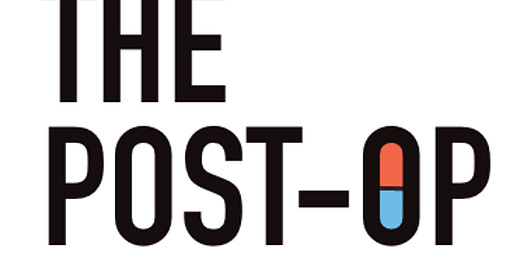For the TV fans out there, I liken The Post-Op to HBO’s The White Lotus. The White Lotus Season 2 occurs in the same universe as the first (a White Lotus Hotel), but the setting changed to Sicily, storylines were different though comparable, and new characters were in-focus. The Post-Op Season 2 will be no different – still focusing on financial analyses, emerging technologies, policy, etc. but through the lens of a new condition. It is an anthology series after all.
Season 2 will tackle learning differences (also referred to as learning disorders or learning disabilities), a space much less clearly defined than ESRD (the focus of Season 1). So, before Season 2 officially begins next week, I wanted to level-set and say that we are defining learning differences (LDs for short) as a brain-based condition that create an information-processing problem that prevents someone from learning a skill[1]. We will be focusing on the three most common learning disorders throughout the season[2]:
Dyslexia: Difficulty accurately reading words
Dysgraphia: Difficulty expressing oneself via writing
Dyscalculia: Difficulty understanding numbers, memorizing arithmetic facts, etc.
Research on prevalence is limited and tricky since LDs are under-diagnosed (which we’ll discuss later), but would this be The Post-Op if I didn’t try to piece together an estimate? Nevertheless, below is my best evidence-based guess that is meant to provide a general sense of LD prevalence across the population:
Learning difference prevalence[3]:
LDs and ADHD
Last, before Season 2 officially starts, I wanted to acknowledge that LDs and attention-deficit/hyperactivity disorder (ADHD) are linked, but also discuss how they differ. Both stem from under-developed areas of the brain, but for ADHD, the under-development impacts executive functions like the ability to focus or control emotion, while for LDs, it impacts the ability to acquire a skill like reading. Since learning a skill requires focus, it is easy to confuse ADHD and LDs when a child is struggling.
For example, Child 1 with an LD may struggle to understand a math topic, and as a result, may get frustrated and stop paying attention. On the other hand, Child 2 with ADHD may zone out easily, and as a result, have difficultly learning a math topic. Child 1’s brain has an information-processing problem already whereas Child 2’s brain could eventually develop a similar information-processing problem (i.e., struggling to understanding math) because of their inability to focus. Treatment for Child 1 and Child 2 will also vary since the root of the problem is different (i.e., information-processing vs. ability to focus). The differences between LDs and ADHD are nuanced, but they do exist, and for that and other reasons, ADHD is not in-scope for Season 2.
Either way, I am excited to explore the world of LDs just as we did with ESRD. Part 1 of 5 drops next week, and I hope you all enjoy!
**
Links to: Sources | Analysis (Excel) | Graphics (PPT)
If you are an early-stage startup and potentially interested in my support for any unit economics or financial modeling-related activities, please fill out the form here.
Follow me on Twitter @z_miller4 or connect with me on LinkedIn!





